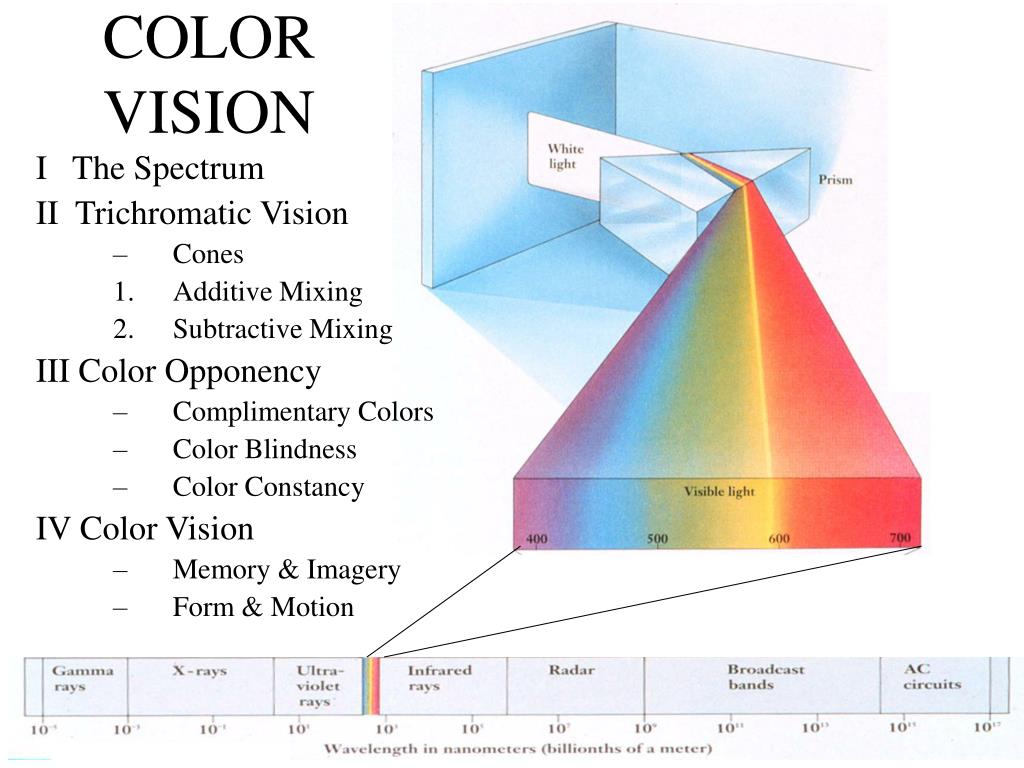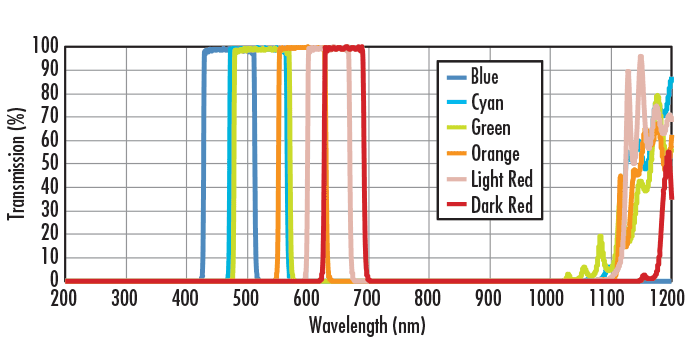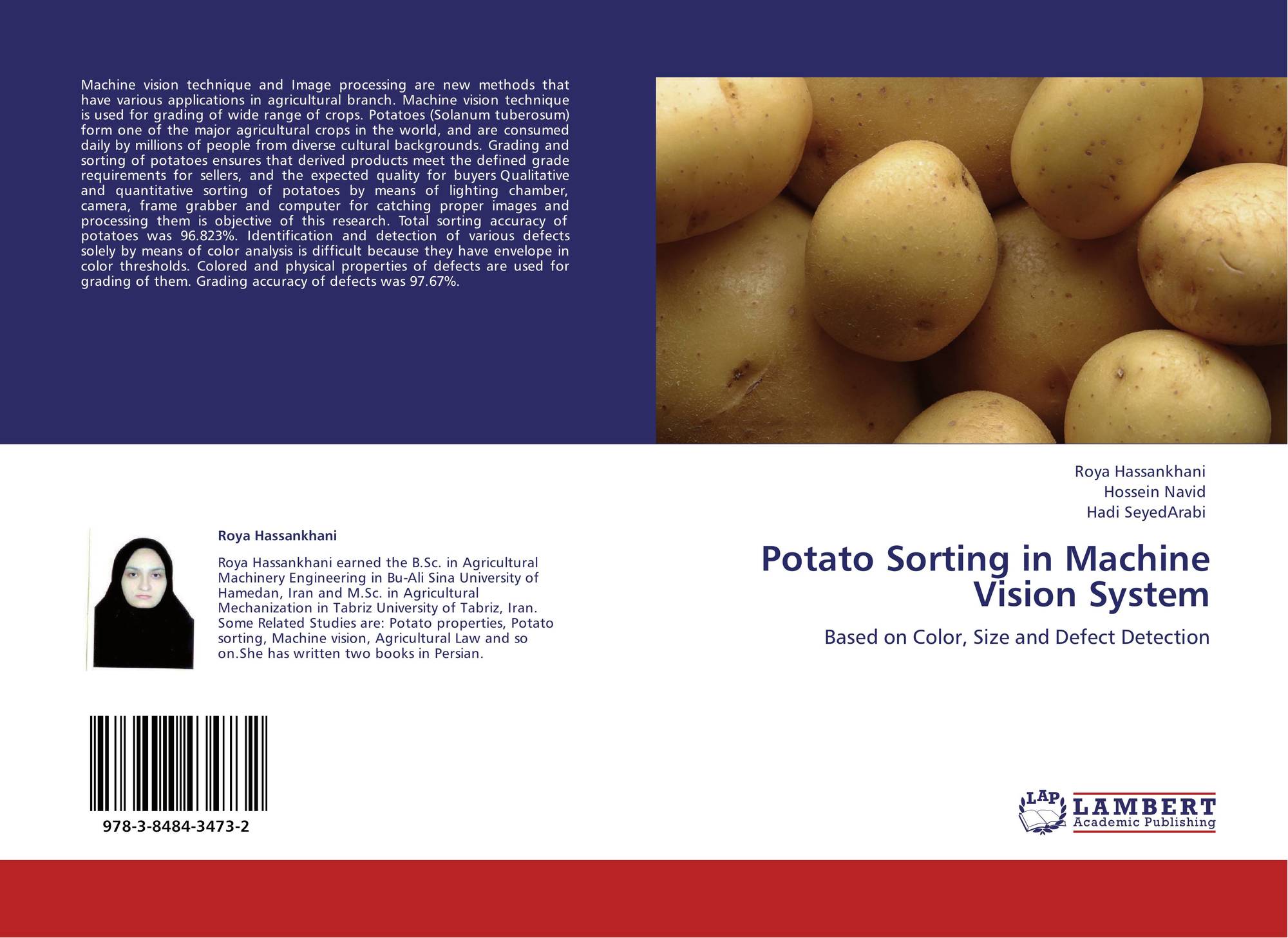


The interface technologies USB 3.0 (renamed 3.2 Gen 1) and GigE represent the current state of the art for integration into fluorescence microscopy-based systems. To decide which interface is required, the following points should be considered depending on the application: Data/image rate, cable length, standardization, integration effort and costs. There are various interfaces on the market. Certain camera manufacturers already correct defect pixels during quality control by interpolation of neighboring pixels so integrators are not impaired by these artifacts. By setting cutoff values on pixel-to-pixel deviations, one can further differentiate and describe outlying pixels as defect pixels, such as hot pixels, that show high gray values without a corresponding signal. Standardized quantification measures of these noise types are the DSNU (dark signal nonuniformity), which describes the deviation of generated electrons without any light signal, and the PRNU (photoresponse nonuniformity), describing the pixel-to-pixel deviation at a certain light level. It can be caused by the pixel electronics or by inconsistent temperatures over the sensor area. Noise types that describe not a temporal- but a space-related behavior are called fixed-pattern noise this describes deviations that can be seen between different pixels. As a rule of thumb, the dark current doubles with each temperature increase of 7 ☌. Dark current is the leakage of electrons during exposure and is expressed in e¯/pixel/s (Figure 5).

Because it does not take into account the pixel size, it cannot be directly used to compare two cameras when their pixel sizes are different.Īnother noise source that is relevant for fluorescence applications becomes important when exposure times increase it is caused by dark current. The smaller this value, the less light is required to produce a true signal.
Color machine vision system fish uf full#
The higher the full well capacity, the more light can be captured before a pixel is saturated, reducing the requirement of additional exposures due to saturation.Ĭombining the maximum number of electrons with the lowest number of electrons required to produce a true signal (see “read noise” in the next section), the dynamic range characterizes a camera’s overall ability to measure and distinguish different levels of light.įinally, there is the absolute sensitivity threshold, which is the number of photons required by one pixel to generate a signal-to-noise ratio (SNR) of 1 - meaning the signal is equivalent to the noise. It describes the maximum number of electrons that can be generated by one pixel per exposure.

Often it is also beneficial to have a wide range of light intensities that can be resolved with one exposure. The higher the QE, the better the yield of photons, enabling shorter exposure times, reducing photo bleaching of fluorophores, and potentially improving overall imaging speed. It depends on the wavelength, and to get the best result, the spectrum of a given sensor should fit with the emission spectra of the fluorophores in the application. An important value is the quantum efficiency (QE) describing the ratio between the incident photons of the light source and the generated electrons of the pixel. Sensitivity should be understood as the minimum amount of light that is required to generate a signal that can be distinguished from noise. This technology creates an inversion of the pixel structure to present the light-sensitive photodiode directly under the micro-lenses, which significantly increases the quantum efficiency of the pixels (Figure 1).īefore taking a closer look at the quality of an image, it is important to ensure that the system is sensitive enough to capture the fluorescence signals, which can be very weak, depending on the individual application. A technology called Backside Illumination (BSI) has found its way into industrial image sensors. Noise levels are is now comparable to or even better than that of traditional CCD sensors at the same time the new technology enables higher speeds, higher resolutions and lowered power consumption/heat dissipation requirements, all at lower prices.ĬMOS sensors are still developing rapidly. The newer CMOS technology has become increasingly prevalent in recent years and has also become competitive in respect to the special challenges in the scientific field. This has changed in recent years, even if they are still available in high-quality microscopy cameras. For a long time, CCD sensors were the established technology in the market for fluorescence microscopes.


 0 kommentar(er)
0 kommentar(er)
